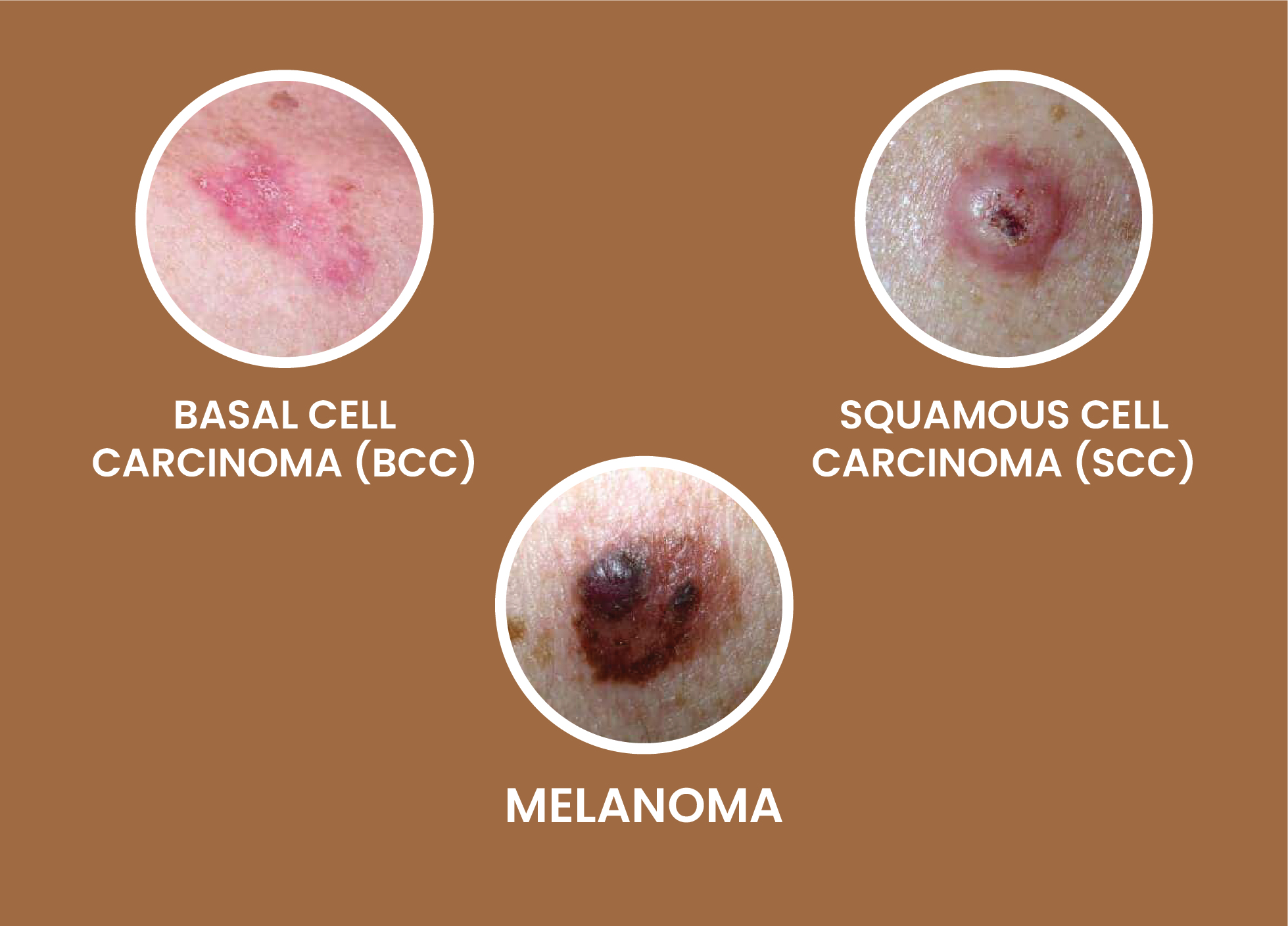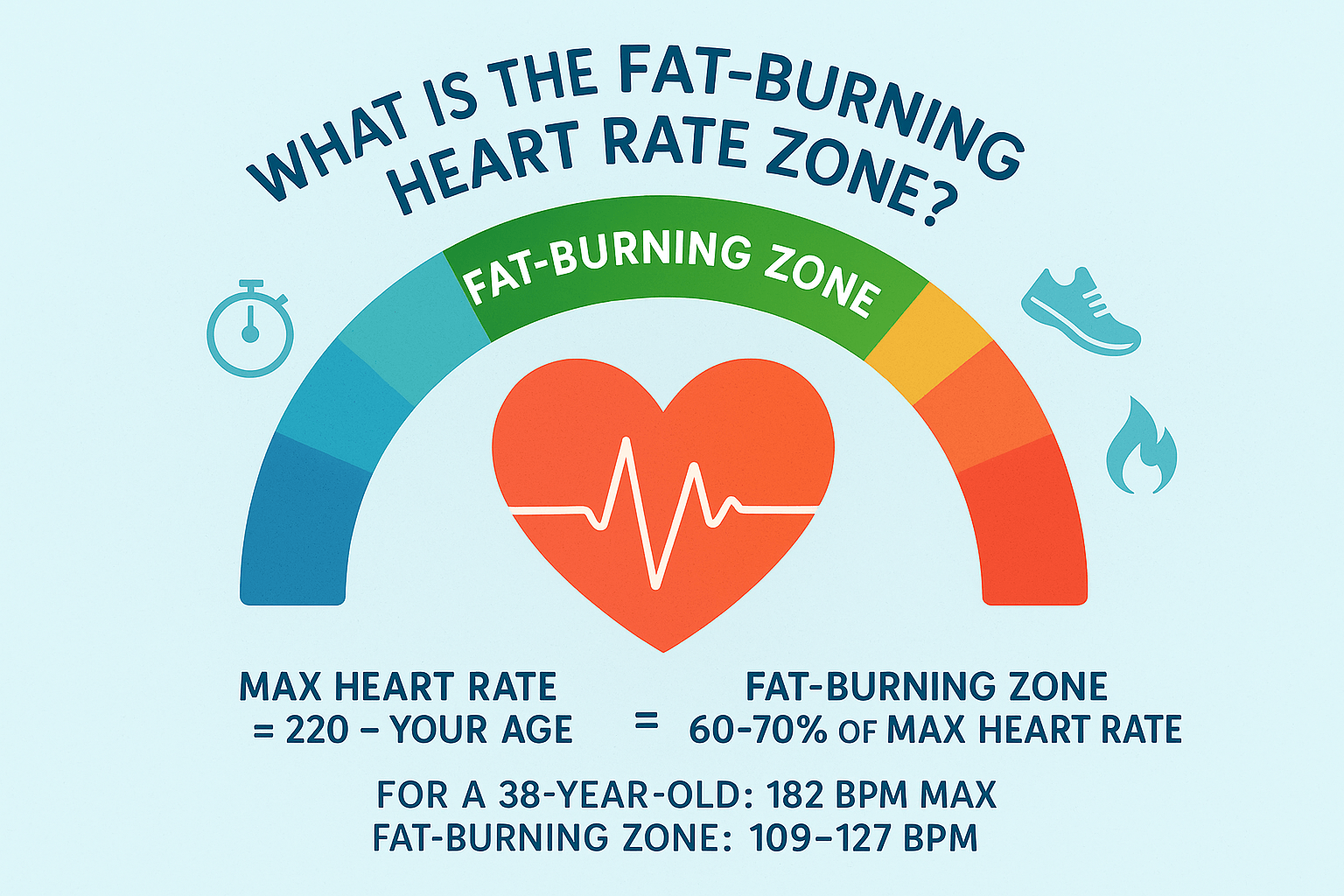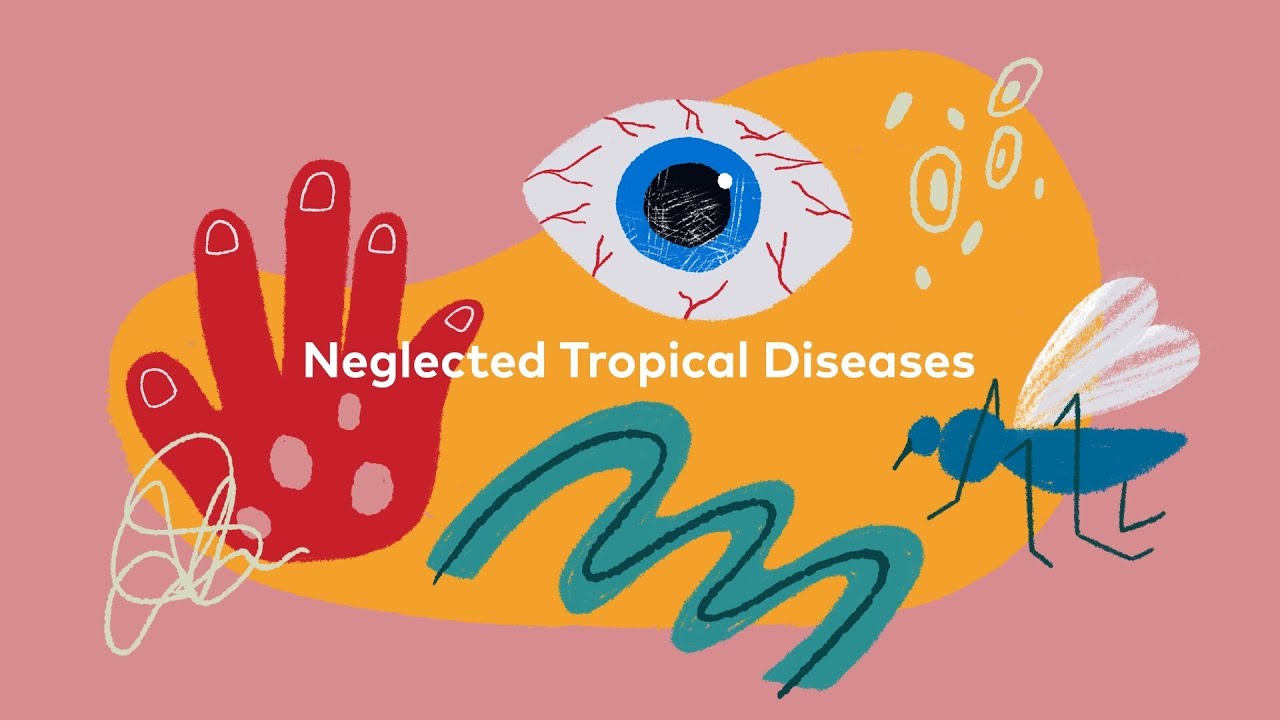What are the 3 Major Skin Cancers You Should Know About? Skin cancer is the most common form of cancer worldwide. Understanding the different types is crucial for early detection and effective treatment. Here are the three major types of skin cancer that everyone — especially medical students and healthcare professionals — should be familiar with: Basal Cell Carcinoma (BCC), Squamous Cell Carcinoma (SCC), and Melanoma.
1. Basal Cell Carcinoma (BCC): The Most Common but Least Dangerous
Basal Cell Carcinoma (BCC) is the most frequent type of skin cancer. Despite being common, it is generally slow-growing and rarely metastasizes (spreads to other parts of the body). It originates in the basal cells, which are found at the bottom of the epidermis (outer skin layer).
🔍 Key Features of BCC:
-
Most common skin cancer worldwide
-
Slow progression
-
Rarely spreads beyond the original tumor site
-
Typically appears on photo-exposed areas, especially the face, ears, and neck
-
May look like a pearly bump, open sore, or red patch
💉 Treatment:
-
Surgical excision (removal) is the standard treatment
-
Mohs micrographic surgery may be used for facial lesions
-
Other options include topical therapy or cryotherapy, depending on the size and location
✅ Prognosis:
-
Excellent with early detection
-
Low risk of recurrence if properly removed
2. Squamous Cell Carcinoma (SCC): More Aggressive with Metastatic Potential
Squamous Cell Carcinoma (SCC) is less common than BCC but more aggressive. It arises from the squamous cells of the epidermis and has a higher risk of metastasizing, especially to nearby lymph nodes.
🔍 Key Features of SCC:
-
Less frequent than BCC
-
Higher metastatic risk, particularly to lymph nodes
-
Can develop on sun-exposed skin, but also on chronic wounds, scars, and inflammatory lesions
-
Appears as a scaly red patch, open sore, or elevated growth with a central depression
💉 Treatment:
-
Wide surgical excision
-
In some cases, lymph node dissection (curage ganglionnaire) is required
-
Radiation therapy may be considered if surgery is not possible
⚠ Risk Factors:
-
Chronic sun exposure
-
Immunosuppression
-
Human papillomavirus (HPV)
-
Previous skin injuries or burns
✅ Prognosis:
-
Good if treated early, but closer follow-up is needed due to potential spread
3. Melanoma: The Most Serious and Life-Threatening Skin Cancer
Melanoma is the most dangerous form of skin cancer. It develops in the melanocytes, the cells that produce pigment (melanin). Unlike BCC and SCC, melanoma can metastasize rapidly to other organs if not detected early.
🔍 Key Features of Melanoma:
-
Most aggressive and deadliest skin cancer
-
Often begins in or near a suspicious mole (naevus)
-
Commonly linked to sun exposure, especially sunburns in early life
-
Rapid growth and potential for early metastasis
🧪 Early Detection: The ABCDE Rule
Detect melanoma using the ABCDE rule:
-
A: Asymmetry
-
B: Border irregularity
-
C: Color variation
-
D: Diameter > 6mm
-
E: Evolving shape, size, or color
💉 Treatment:
-
Immediate surgical excision
-
Advanced cases may require immunotherapy, targeted therapy, or chemotherapy
✅ Prognosis:
-
Early diagnosis = high survival rate
-
Delayed diagnosis = poor outcome, due to metastasis
Preventing skin cancer starts with sun safety and skin monitoring:
-
Use broad-spectrum sunscreen daily
-
Wear protective clothing, hats, and sunglasses
-
Avoid tanning beds
-
Examine your skin regularly and consult a dermatologist for suspicious changes
📌 Final Thoughts
Understanding the differences between BCC, SCC, and melanoma is critical for anyone concerned about skin health. While Basal Cell Carcinoma is common and treatable, Squamous Cell Carcinoma is more aggressive, and Melanoma requires urgent attention due to its lethal potential.
Whether you're a healthcare student or someone who values proactive health, always remember: early detection saves lives. Don't ignore suspicious skin changes—see a specialist and stay informed.













